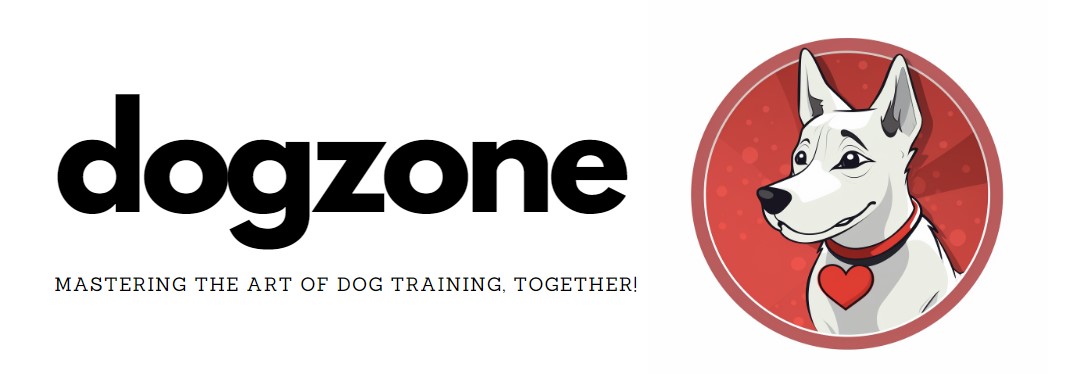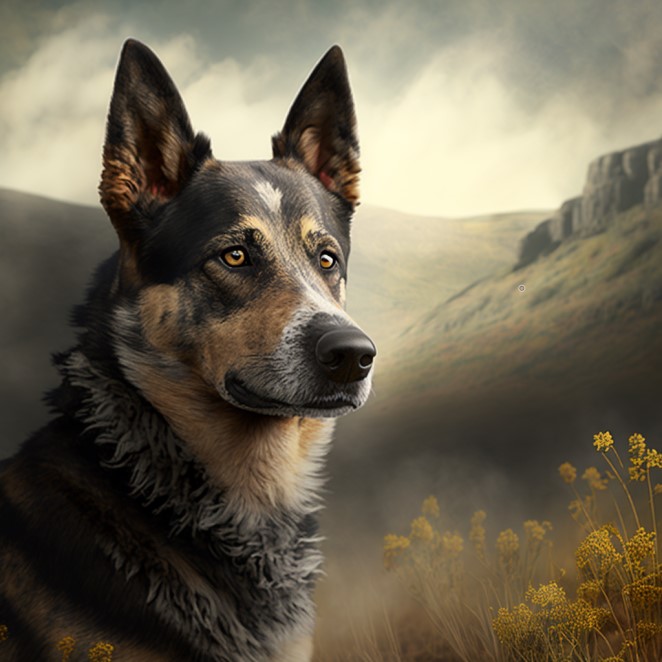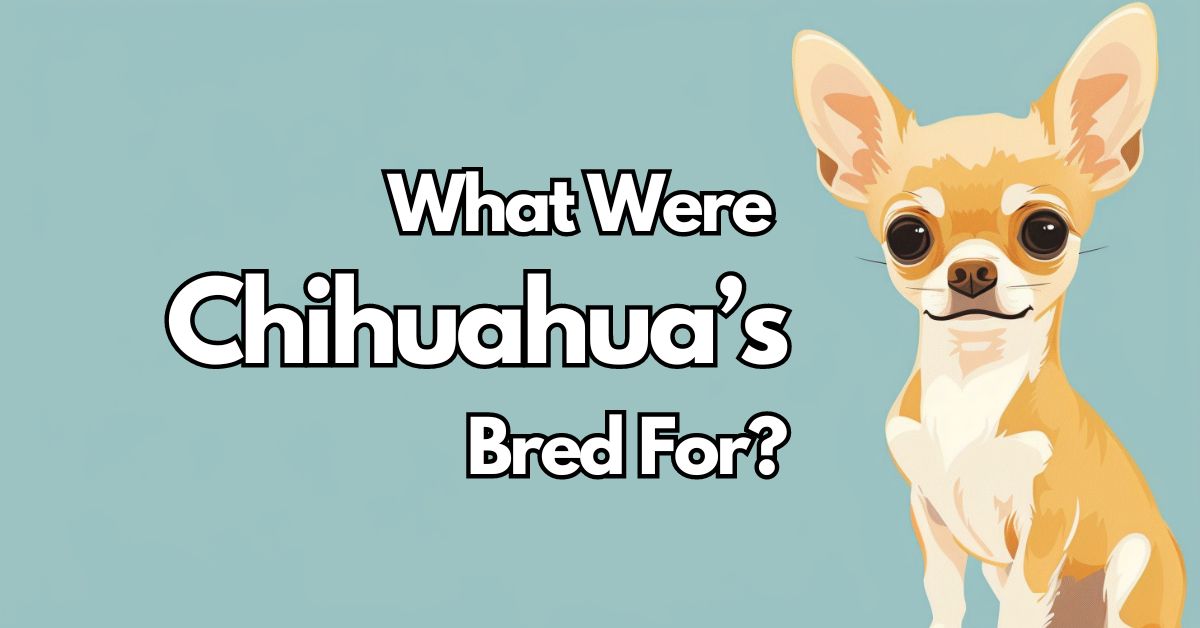Raw food diets are becoming really popular among Aussie dog owners. If until now you’ve only fed dry food then this might be a daunting prospect? What do you need to know, and where do you need to start?
In this article we’ll walk through the theory and basics of raw food diets for dogs.
What is a Raw Food Diet for Dogs?
A raw food diet for dogs is a diet that consists of uncooked meat, bones, fruits, and vegetables. This diet is based on the theory that dogs are carnivores and their bodies are designed to digest and absorb raw food better than cooked food.
How do you see your dog? As a carnivore, an omnivore, or somewhere in-between? Do you think they have a preference to meat and “whole-prey” to grains and vegetables?
The Theory Behind a Raw Food Diet for Dogs
The theory behind a raw food diet for dogs is that it provides the essential nutrients that dogs need to thrive. When you dig deep and research the ingredients in any dry dog food, you’ll find all the nutrients, vitamins, minerals, proteins and fats can all be sourced from animal ingredients.
The raw diet is based on the belief dogs are carnivores rather than omnivores like pet food manufacturers tell us, and that their bodies are adapted to digest and absorb raw food better than cooked food.
The Basics of a Raw Food Diet for Dogs
A raw food diet for dogs typically includes uncooked meat, organs, bones, and usually some fruits and vegetables. The meat can come from a variety of sources such as chicken, beef, lamb, and fish.
The bones included in the diet should always be raw, as cooked bones can splinter and cause digestive problems.
Fruits and vegetables can also be fed raw and added in small amounts to provide vitamins and minerals.
Benefits of a Raw Food Diet for Dogs
Proponents of a raw food diet for dogs claim that it can provide several benefits, including:
- Shinier coat and healthier skin
- Increased energy levels
- Improved digestion
- Better weight management
- Stronger immune system
- Reduced risk of dental problems
Risks of a Raw Food Diet for Dogs
Opponents of a raw food diet for dogs argue that it can also pose several risks, including:
- Risk of bacterial infections such as Salmonella and E. Coli
- Risk of choking on bones
- Imbalance of nutrients leading to deficiencies or excesses
- Increased risk of pancreatitis due to high fat content
So, Should You Feed Your Dog a Raw Food Diet?
In conclusion, a raw food diet for dogs can provide several benefits, but it also poses some risks.
My best advice if you’re thinking about feeding your dog a raw food diet is to join one of the social media communities. Many Australian dog owners feed raw, and the trend is going. That should offer you some reassurarances, and it’s a great community to learn on.
Just make sure you’re aware of the risks, and moving forward have a mindset that there are no stupid questions, and if in doubt – find out!
Lastly, it is always recommended to consult with a veterinarian before starting your dog on a raw food diet. This should give you reassurance it is appropriate for your dog’s individual needs.
Frequently Asked Questions About Raw Dog Food Diets
These are the most common questions people ask when considering a raw dog food diet:
It is important to transition your dog slowly to a raw dog food diet to avoid digestive upset. Start by introducing small amounts of raw food mixed with their current food and gradually increase the amount of raw food over time.
A raw dog food diet typically includes uncooked meat, organs, bones, and some fruits and vegetables. The meat can come from a variety of sources such as chicken, beef, lamb, and fish. The bones included in the diet should be raw, as cooked bones can splinter and cause digestive problems.
The amount of raw food your dog needs will depend on their age, size, and activity level. It is important to consult with a canine nutritionist, expert, or veterinarian to determine the appropriate amount of food for your dog.
Raw dog food should be stored in the refrigerator or freezer to prevent bacterial growth. It is important to handle raw dog food safely to avoid the risk of bacterial infections.
It is possible to feed your dog a combination of raw dog food and commercial dog food although many raw feeders will advise avoiding kibble. Keep in mind your dog may have initial digestive issues with any change in diet, particularly if they have been fed a commercial food for a lengthy amount of time.
A raw dog food diet can provide all the essential nutrients your dog needs, but some dogs may require additional supplements. Thankfully there are many high quality supplements in Australia, including supplemental mixes such as Vets All Natural which can be added to raw meat to provide all nutrition.



Leave a Reply